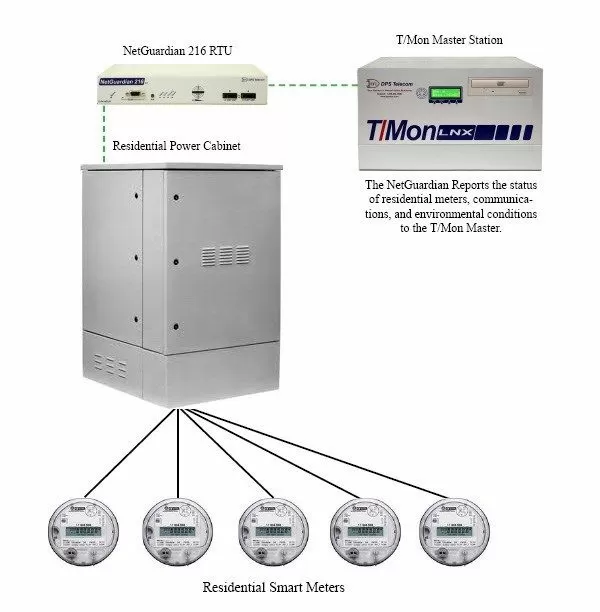Download our free Monitoring Fundamentals Tutorial.
An introduction to Monitoring Fundamentals strictly from the perspective of telecom network alarm management.
1-800-693-0351
Have a specific question? Ask our team of expert engineers and get a specific answer!
Sign up for the next DPS Factory Training!

Whether you're new to our equipment or you've used it for years, DPS factory training is the best way to get more from your monitoring.
Reserve Your Seat TodayA "Smart Grid" is a new sort of electrical grid that intelligently measures energy needs and responds accordingly. The grid can divert resources and reapportion them as necessary to more efficiently manage electricity.
The concept seems more complicated than it is. Presently, utilities have to generate more power than we use, on the off-chance that we all go and turn on our air-conditioners and increase the load on the grid. If they didn't, and we all had the urge to cool off, we could overload the grid and force a power failure.
What a smart grid aims to do is more intelligently distribute power, so if we all turned on our air-conditioners, the grid could divert power from less important areas to cover the demand while it puts additional generators on-line. Or, even better, a smart grid could potentially warn its supervisors that it's going to be an especially hot day and that we're all probably going to run our air-conditioners, so the utility can respond accordingly. A smarter grid helps stem waste and lowers costs to consumers. It's win-win.
Data Gathering Technology Makes the Grid Smarter
Without the information to make intelligent decisions, the grid won't get any smarter. So, how do smart grids propose to provide the information that makes them smart?
Smart grids propose we monitor the total electrical load from the source, all the way to the consumer. The Grid has to know where the need is, if it intends to meet it. This will start with smart meters, electrical meters that communicate both ways, not simply from the utility to the meter, as has happened in the past. These meters can report back to the utility (at least once a day, but many update on the hour) telling the utility company how best to respond to the electrical needs of their clients.
Power System Automation is also another area for improvement. If the grid is to respond to the variable power needs of consumers, it can't wait for someone to roll a truck out to a site to spool up a generator or to increase production by other means. It certainly can't abide outages, generators that are low on fuel, solar panels or wind turbines that have malfunctioned. The system requires a suitable electronic reporting and control mechanism; the grid needs to know how the power's doing and supervisors need to be able to operate controls remotely.
RTUs, the Eyes and Ears of the Power Master Station
Remote telemetry units collect and report data about power sites back to control centers. They monitor voltages, environmental data, and other conditions, letting the grid and supervisors know how their sites are doing and what they can do to optimize the grid. Some RTUs, like the NetGuardian series, even operate controls, allowing for remote operation of power elements - shut-downs and start-ups.
RTUs will have to ensure connectivity between smart meters and grid master controls, and they'll have to monitor the components in between to let technicians know if and when there's a problem. Smart Grid principles only work if all the components along the way report back to the master.

As Grids become increasingly decentralized, and users start generating their own power (via solar or personal generators) or power companies begin to generate power form non-traditional methods (wind, geothermal, solar, etc.) RTUs will help bring the network together.
The information RTUs provide will help utility companies respond quickly to problems within their grid. They can balance the load from other generators while one's offline or use this information to schedule maintenance. From the power box, all the way to the master grid, RTUs will provide the data that helps grids work smarter, not harder.

At substations or staffed control points in the grid, master devices like T/Mon should then poll RTUs, collect the information, and notify technicians of problems. The T/Mon master aggregates the alarm information of other RTUs, and can display sites in a graphical, map-based interface, so you can see the whole grid at a view and know what's causing a problem and where. It simplifies error reporting and dispatch functions, sending notices directly to technicians via e-mail, or, with some accessories, voice calls or SMS messages. This way, remote techs will always know where to go next and what problems to focus on.
Remote telemetry units work to make your power grid smarter, saving you money. For more information about network monitoring systems and remote telemetry units, see: